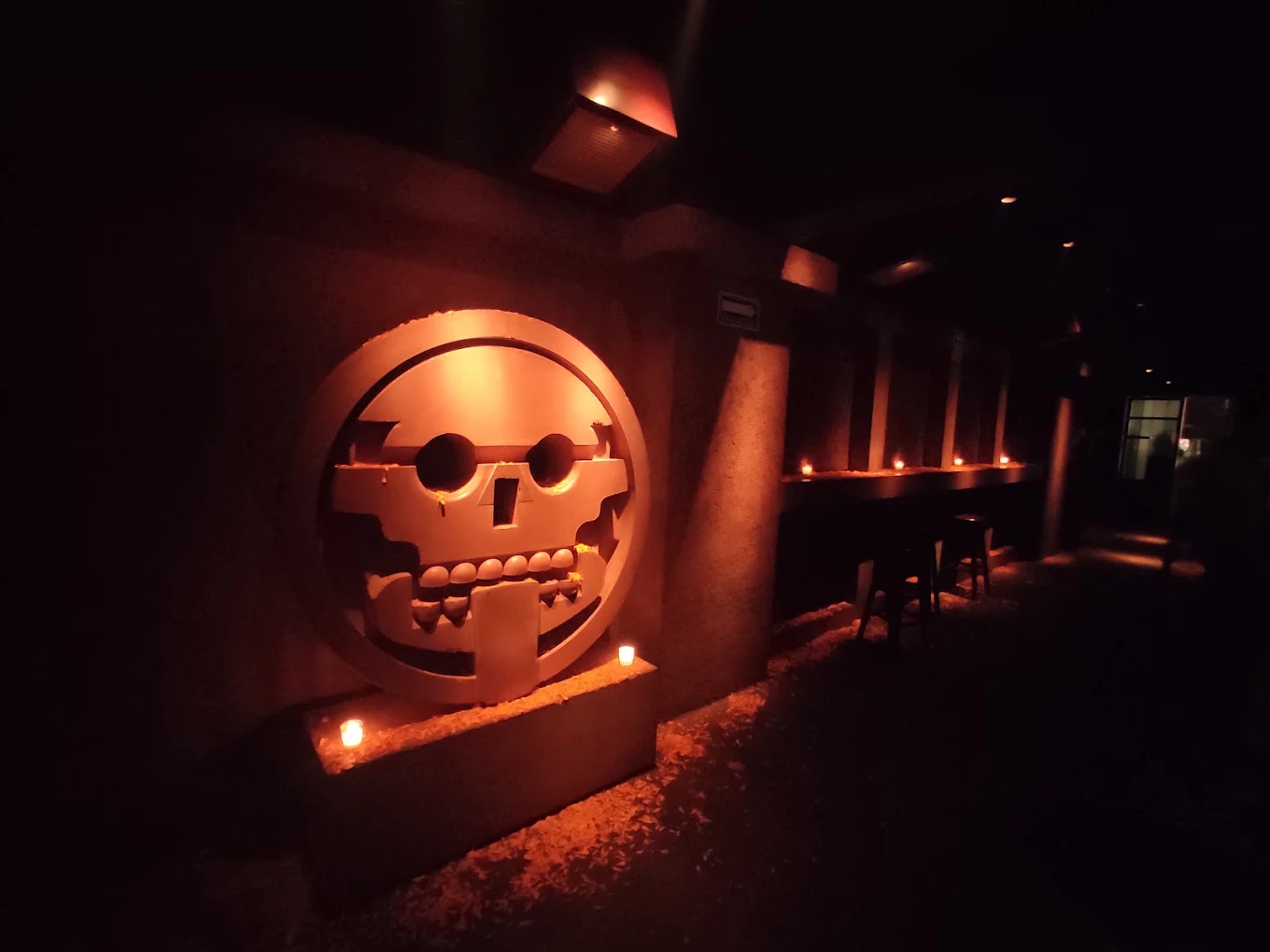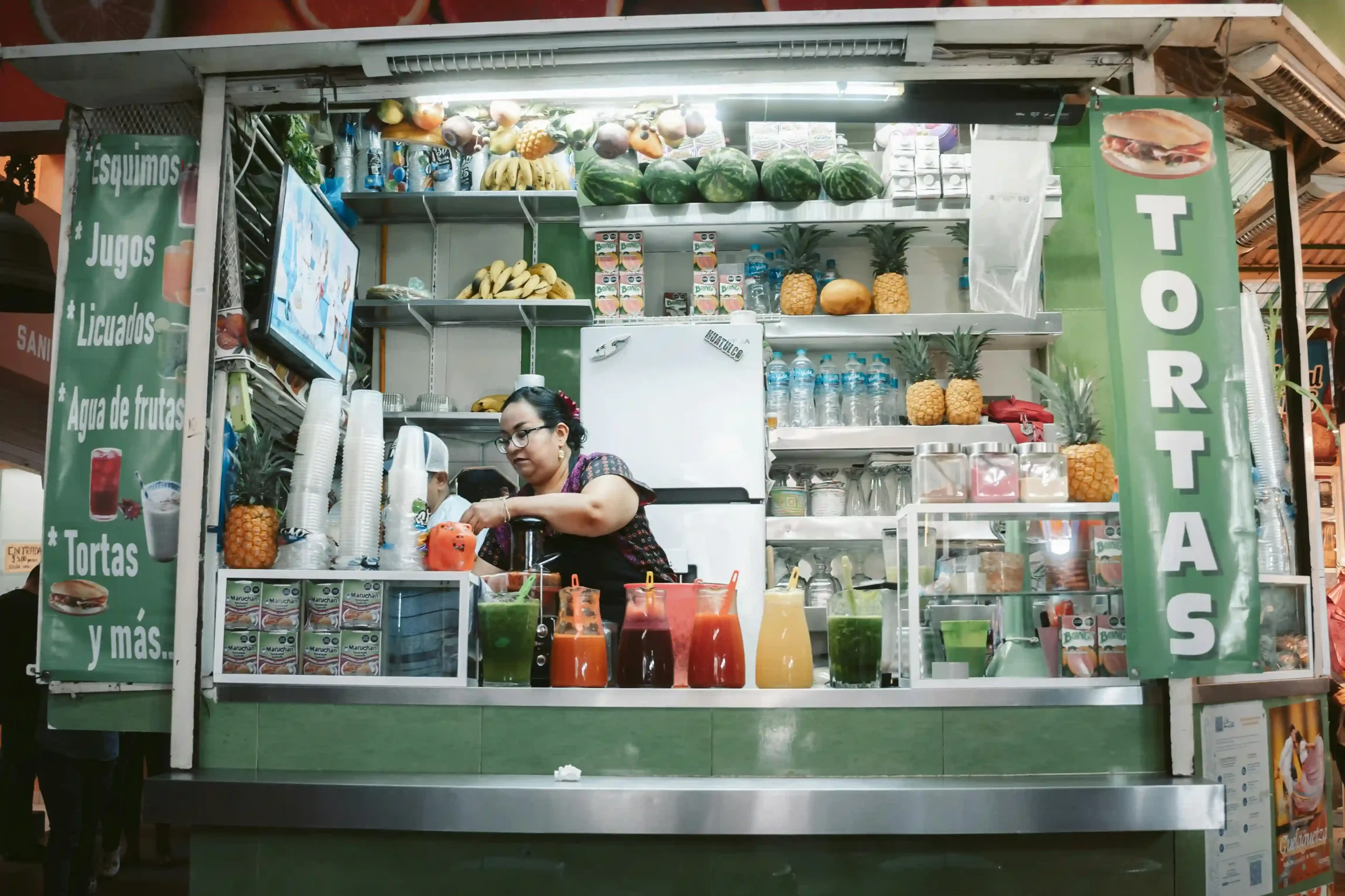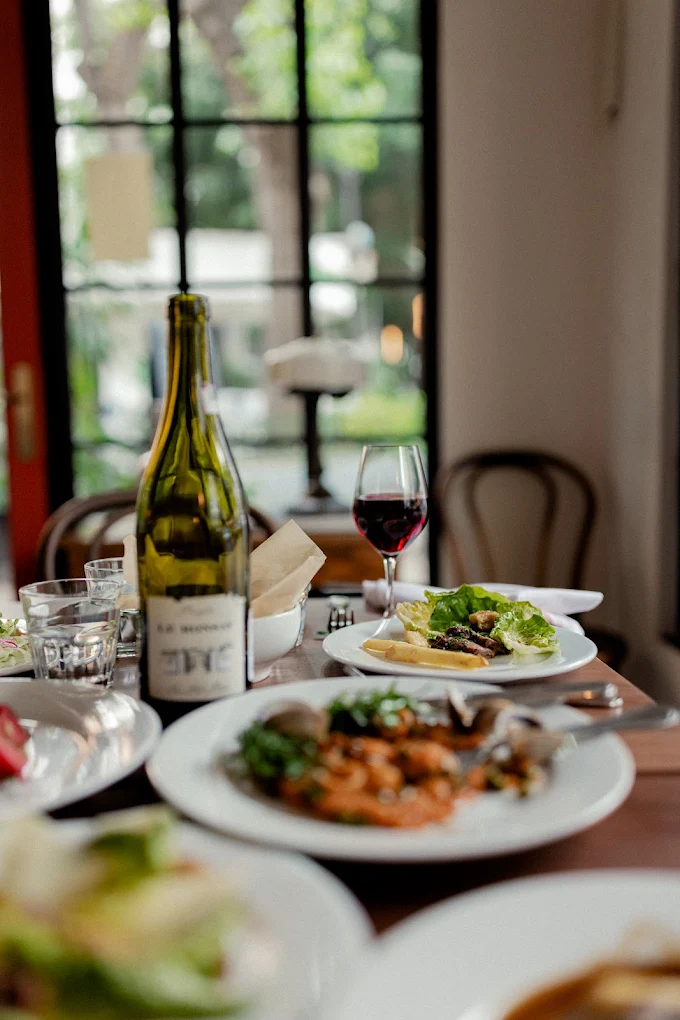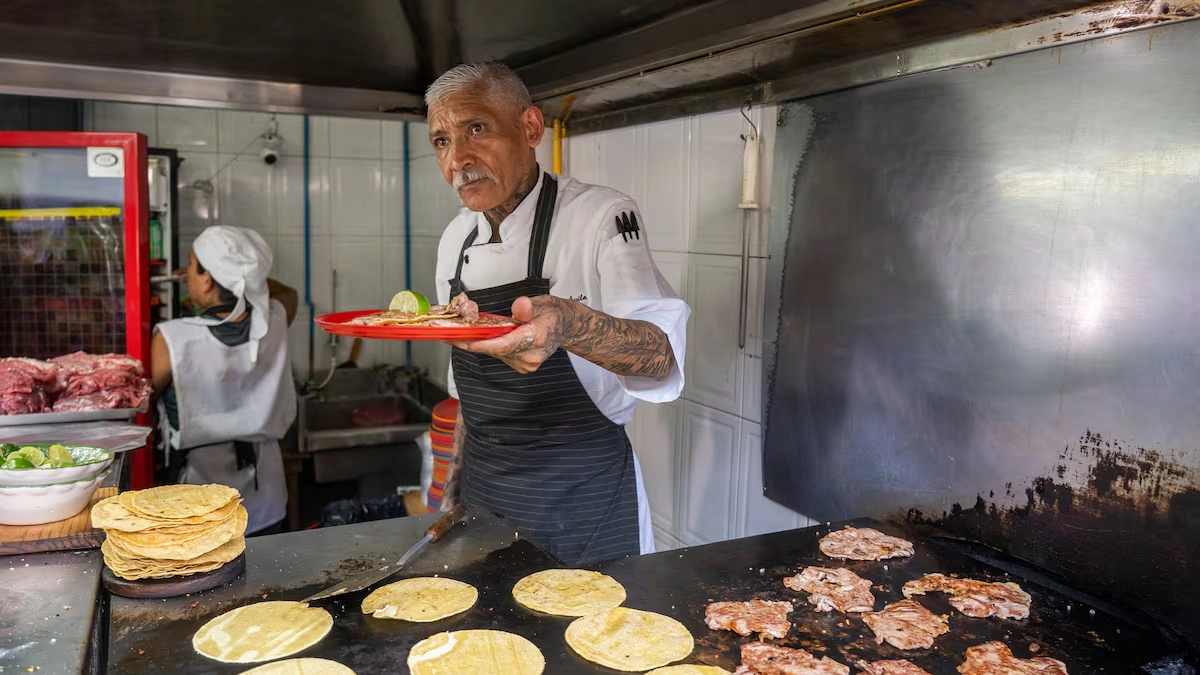If you’re searching for the best speakeasies in Mexico City, you’re in for an unforgettable experience. Handshake Speakeasy has recently earned the prestigious title of the number 1 bar in the world, awarded by The World’s 50 Best Bars. This accolade places Handshake Speakeasy ahead of renowned establishments in cities like New York, Tokyo, Buenos Aires, Melbourne, and London. Nestled in the heart of Mexico City, this bar stands out for its innovative cocktails, sophisticated decor, and impeccable service.
For cocktail enthusiasts, Handshake Speakeasy is a must-visit destination, offering a unique atmosphere that sets it apart from other venues. Mexico City’s nightlife is brimming with hidden gems, including secret bars and speakeasies, each promising a distinct and exclusive experience. Whether you’re a local or a visitor, exploring these hidden treasures can transform your evening into an extraordinary adventure. This guide will reveal the allure of Mexico City’s top speakeasies and hidden bars.
The Allure of Speakeasies
Speakeasies in Mexico City possess an irresistible charm, offering an exclusive and intimate experience that stands out from the typical nightlife. These hidden treasures aren’t just about the drinks; they’re about the ambiance, exceptional service, and the captivating stories they tell.
1 – Handshake Speakeasy
Handshake Speakeasy is a true standout, not only in Mexico City but on a global scale. Beyond its impressive accolades, the bar’s appeal lies in its meticulous attention to detail. The on-site flavor lab is where the magic happens, as bartenders dedicate hours to researching, developing, and preparing the essential elements of their cocktails.
The outcome is a menu that is both innovative and deeply connected to local flavors, including mezcal and tropical fruits. A vintage typewriter at the bar symbolizes the fusion of classic cocktail culture and storytelling, making every drink a unique narrative experience.
Handshake’s exclusivity is enhanced by its discreet entrance and limited seating, creating an intimate atmosphere. With reservations capped at 90 minutes, the bar ensures a rotating crowd can enjoy its offerings, making it a sought-after destination for both locals and visitors.
- Address: C. Amberes 65, Juárez, Cuauhtémoc, Mexico City

2 – Hanky Panky
Hanky Panky, another jewel in the city, delivers a similarly captivating experience. Located in the vibrant Juárez neighborhood, this speakeasy is renowned for its sophisticated ambiance and creative cocktails. The entrance, concealed behind an unmarked door, sets the stage for a secretive and exclusive night out.
Inside, guests are welcomed into a cozy, elegant space and presented with a cocktail menu that is both inventive and delightful. Hanky Panky’s dedication to high-quality ingredients and unique flavor combinations has solidified its reputation as a favorite for those seeking a refined nightlife experience.
- Address: Turín 52, Juárez, Cuauhtémoc, Mexico City

3 – Parker and Lenox
Parker and Lenox, located in the heart of Mexico City, adds a touch of classic New York City flair to the local speakeasy scene. Hidden within a historic building, this bar boasts stylish, vintage-inspired decor that enhances its unique appeal. The cocktail menu is expertly crafted, featuring both timeless classics and innovative creations.
With its intimate atmosphere and attentive service, Parker and Lenox is an ideal destination for those craving a sophisticated and relaxed evening. Like other premier speakeasies in the city, finding it requires some effort, but the experience is undeniably worth it.
- Address: Gral. Prim 100, Juárez, Cuauhtémoc, Mexico City

Exploring Hidden Bars
Mexico City’s hidden bars are a treasure trove of unique experiences, each offering a distinct atmosphere and charm. Here are a few more gems that you shouldn’t miss.
4 – Xaman Bar
Xaman Bar, located in the Colonia Juárez neighborhood, is a quintessential speakeasy that embodies the spirit of secrecy and exclusivity. The entrance, hidden behind an unmarked emergency exit in a small alley, sets the stage for an adventurous night out.
Once inside, you’ll be enveloped in a warm and mystical atmosphere, with the air filled with the scent of burning incense, rosemary, and palo santo. The interior design blends industrial elements with organic materials and ritualistic decor, creating an intimate and almost womb-like environment.
The bar is known for its creative cocktails, often served in unique and sometimes oversized glasses, and its friendly staff who treat patrons like old friends.
Reservations are highly recommended, especially for weekends, and the best way to secure a spot is by direct messaging them on Instagram. If you’re looking for a quieter evening, Wednesdays and Thursdays are ideal, while Fridays are reserved for a more energetic vibe with guest DJs.
- Address: Copenhague 6, Juárez, Cuauhtémoc, Mexico City

5 – Tlecan
Tlecan, a remarkable speakeasy in Mexico City, blends mysticism and mixology to create a truly immersive experience. Hidden behind an unassuming entrance in the heart of the city, this bar draws inspiration from ancient Mesoamerican culture, offering a unique and atmospheric escape from the ordinary.
Once inside, guests are welcomed into a dimly lit, intimate space where modern design meets pre-Hispanic symbolism. The cocktail menu is a standout, featuring drinks crafted with Mexican ingredients and ancestral spirits, thoughtfully prepared by expert mixologists. Each creation tells a story, elevating the drinking experience into a cultural journey.
Tlecan frequently hosts themed nights and live performances, making it more than just a bar—it’s a celebration of heritage, flavor, and ambiance. Perfect for those seeking an elevated and unforgettable night out in Mexico City.
- Address: Alvaro Obregón 228 Roma Norte, Mexico City, Mexico 06700

6 – Brooklyn Rippers
Brooklyn Rippers, while not as overtly secretive as some other speakeasies, still maintains an air of exclusivity and coolness. Located in the trendy Roma neighborhood, this bar is known for its vintage decor and a cocktail menu that blends classic recipes with modern twists.
The atmosphere is lively and casual, making it a great spot for those looking to enjoy a relaxed yet stylish night out.
The bar’s friendly staff and the eclectic mix of patrons create a welcoming environment, perfect for both locals and visitors. Whether you’re in the mood for a quiet drink or a more vibrant evening, Brooklyn Rippers offers a versatile and enjoyable experience.
- Address: Liverpool 10, Col. Juarez, Mexico City

Learn About Speakeasies
Speakeasies originated in the United States during the Prohibition era of the 1920s, a time when the sale of alcohol was illegal. To continue enjoying nightlife and cocktails, people created hidden bars behind unmarked doors, in basements, or through secret passageways—places where patrons could «speak easy» and discreetly about drinking. These establishments became symbols of rebellion, creativity, and exclusivity, often featuring jazz music, flapper fashion, and innovative cocktails.
Today, speakeasies are no longer about avoiding the law, but rather about offering a more intimate, curated experience away from the noisy, mainstream bar scene. They evoke a sense of mystery and exclusivity, with hidden entrances, limited seating, and carefully crafted drinks. The appeal lies in their storytelling, ambiance, and the feeling that you’ve discovered something secret and special.

Why Are Mexican Speakeasies Different?
Speakeasies in Mexico—particularly in Mexico City (CDMX)—stand out from their counterparts around the world for several reasons:
- Cultural Fusion: Mexican speakeasies seamlessly blend pre-Hispanic traditions and modern mixology. Ingredients like mezcal, hibiscus, tamarind, and even chapulines (grasshoppers) find their way into complex cocktails that honor local heritage while embracing global techniques.
- Atmosphere Rooted in Ritual: Many hidden bars in CDMX, such as Xaman or Tlecan, create an atmosphere that feels more spiritual than trendy. Think palo santo incense, dim lighting, and decor inspired by indigenous symbolism. The result is not just a night out—it’s a multisensory experience grounded in Mexico’s deep cultural identity.
- Architectural Secrets: Unlike some cities where speakeasies rely solely on dark corners or old basements, many in Mexico City are tucked away inside colonial buildings, behind taquerías, or even through unmarked doors in upscale neighborhoods. The entrances themselves are part of the adventure.
- Innovative Mixology with Local Roots: Mexican bartenders are among the most creative in the world, often trained internationally but grounded in their native flavors. Bars like Handshake Speakeasy (ranked #1 in the world) boast in-house laboratories and experiment with textures, scents, and molecular gastronomy, all while highlighting Mexican spirits like sotol, raicilla, and artisanal mezcal.
- Community Vibe with Global Appeal: Even with their exclusivity, Mexican speakeasies manage to be warm and welcoming. The service is often personal, the bartenders are storytellers, and regulars are treated like family. This mix of high-end craftsmanship and down-to-earth hospitality makes CDMX’s hidden bars unforgettable.
In short, Mexican speakeasies offer more than just great cocktails—they offer a journey through history, culture, and innovation. Whether you’re stepping into a modern lab of flavors or a bar inspired by ancient rituals, each visit is a discovery that goes far beyond the drink in your hand.

Savor the Heart of Mexico City—Step Into Flavor and Tradition
This isn’t just a food tour—it’s your passport to the authentic soul of Mexico City. On the Mexico City Private Experience, you’ll stroll through colorful, energetic streets where food is more than a meal—it’s memory, identity, and connection. Discover where locals actually eat, meet the people behind the plates, and taste your way through generations of culinary heritage.
From freshly pressed tortillas filled with juicy carnitas to dishes infused with Indigenous, Spanish, and modern Mexican influences, every stop reveals a chapter in the city’s living food history. Led by a passionate local guide, you’ll go beyond sightseeing—you’ll eat, listen, and truly connect in this unique experience from Sherpa Food Tours.
Why This Tour Is Made for You:
Authentic Bites Only – No clichés, just bold flavors and beloved local dishes
Streets Full of Stories – Explore historic neighborhoods with depth and soul
For the Curious and Hungry – Perfect for food lovers, families, and cultural explorers

Mexico Local Foodie Adventure
3.5 houras
10+ Dishes, 5+ venues
8 – 14
from $80
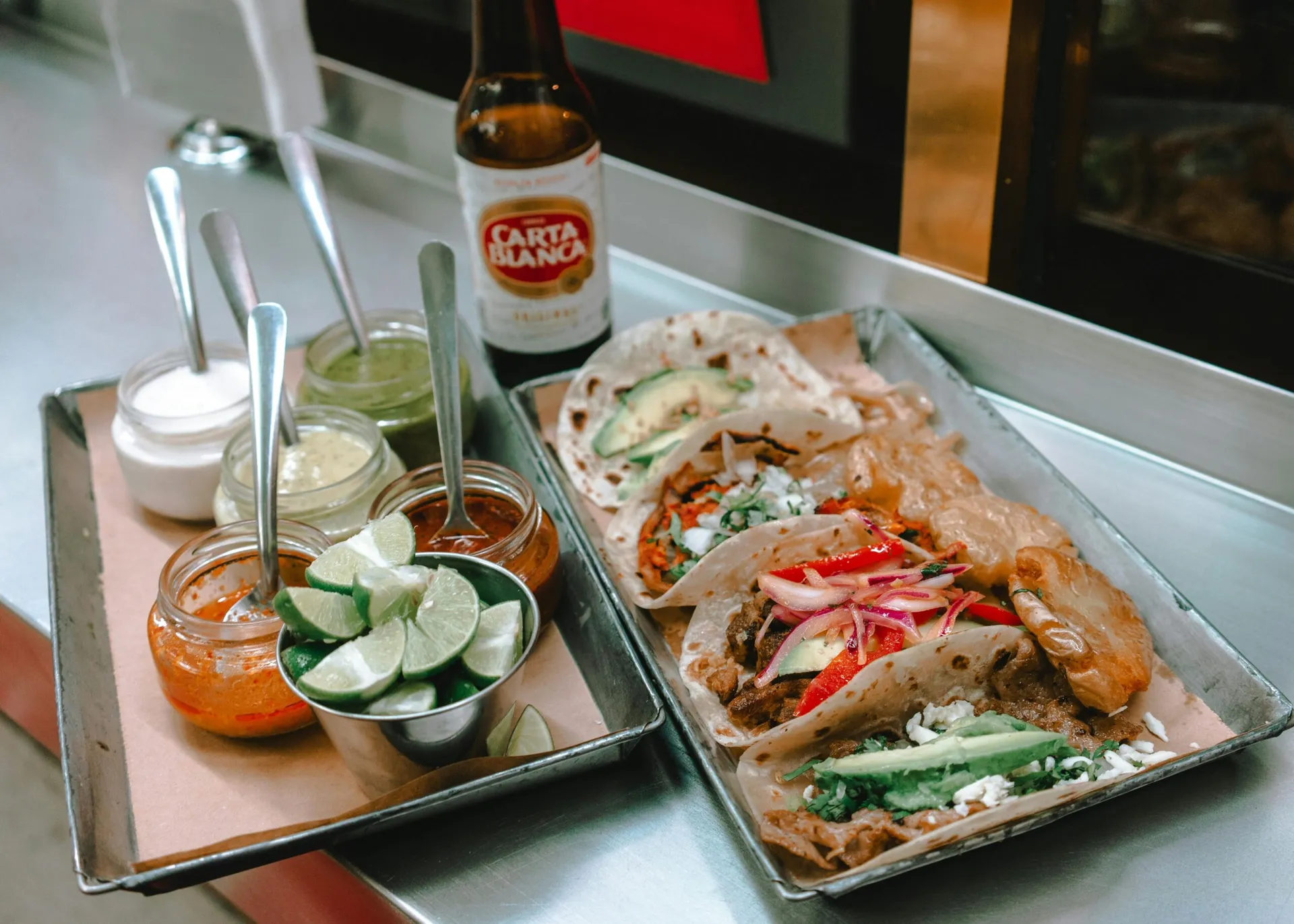
Mexico City Private Experience
A culinary experience just for you and your family!
3.5 Hours
+10 dishes & drinks
Just for your family
From $90
Unveiling the Nightlife of CDMX
Mexico City’s nightlife is a treasure trove of hidden gems, featuring speakeasies and secret bars that offer unique and sophisticated experiences. From the world-renowned Handshake Speakeasy to the elegant Hanky Panky and the charming Xaman Bar, each venue provides a distinct atmosphere paired with innovative cocktails. Keep in mind that many of these bars require reservations and have limited seating, so planning ahead is essential.
Embrace the exclusivity and mystery of these hidden bars to uncover why Mexico City’s cocktail scene is celebrated worldwide. Venture out, explore these secrets, and immerse yourself in the best of CDMX’s nightlife.
FAQs About Speakeasies in Mexico City
Do I Need To Tip At Speakeasies In Mexico City?
Yes, tipping is customary and appreciated. At speakeasies and cocktail bars, a standard tip ranges between 10% and 15% of the total bill. If service is exceptional or if your bartender creates a personalized drink, consider tipping more generously.
Is There A Dress Code At Speakeasies?
While most speakeasies in Mexico City don’t enforce strict dress codes, smart casual attire is highly recommended. Upscale venues like Handshake Speakeasy or Hanky Panky often attract a well-dressed crowd, so avoid overly casual clothing like flip-flops, tank tops, or sportswear if you want to blend in.
Do I Need A Reservation To Visit A Speakeasy In Cdmx?
In most cases, yes. Many speakeasies have limited seating to maintain an exclusive and intimate atmosphere. It’s highly recommended to book in advance—often via Instagram DMs or official websites. Popular bars like Xaman or Tlecan can book out days in advance, especially on weekends.
Are There Any Signature Mexican Cocktails I Should Try?
Absolutely. Many speakeasies offer house cocktails featuring Mexican ingredients such as mezcal, sotol, or xoconostle. Look out for drinks like:
- Mezcal Negroni
- Tamarind Margarita
- Oaxacan Old Fashioned
- Nixtamalized corn-infused cocktails
These drinks showcase the creativity of local mixologists and provide a taste of Mexico’s rich cultural palette.
Are Speakeasies Safe For Tourists At Night?
Yes, the areas where most speakeasies are located—Roma, Condesa, Polanco, and Juárez—are generally safe and tourist-friendly, especially in the evening. However, always take standard precautions: avoid wandering alone late at night, use registered ride services, and be discreet when entering more hidden venues.
Can Vegetarians Or People With Dietary Restrictions Find Suitable Drinks?
Yes. Many bars in Mexico City are increasingly accommodating of dietary preferences. If you avoid certain ingredients like dairy, honey, or egg whites, simply inform the bartender—they’ll usually be happy to customize your drink. Some speakeasies, like Tlecan, even design cocktails with plant-based or pre-Hispanic ingredients.
